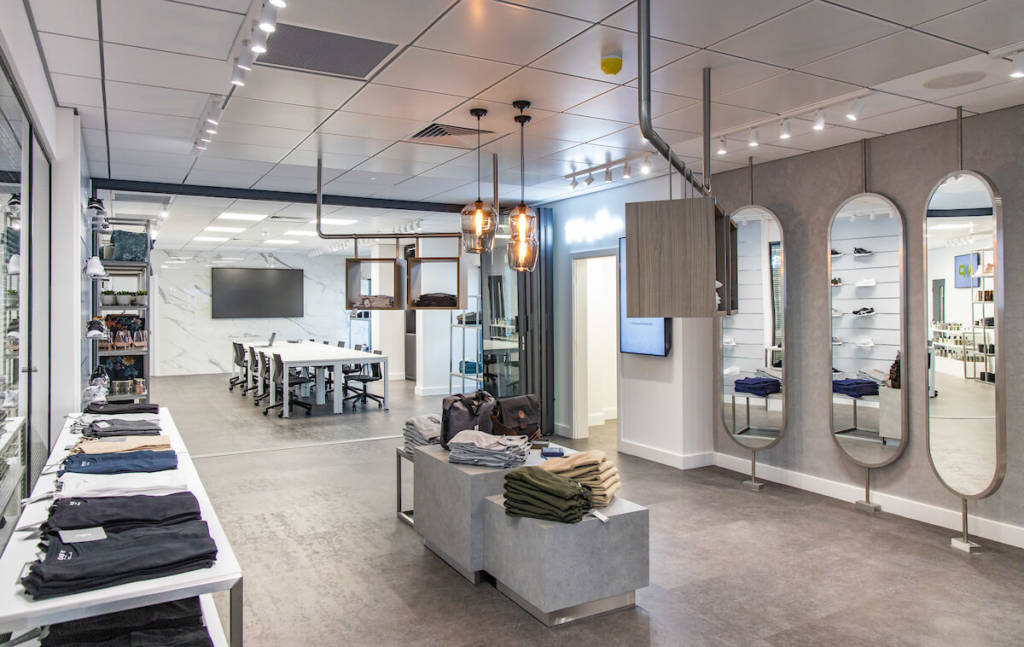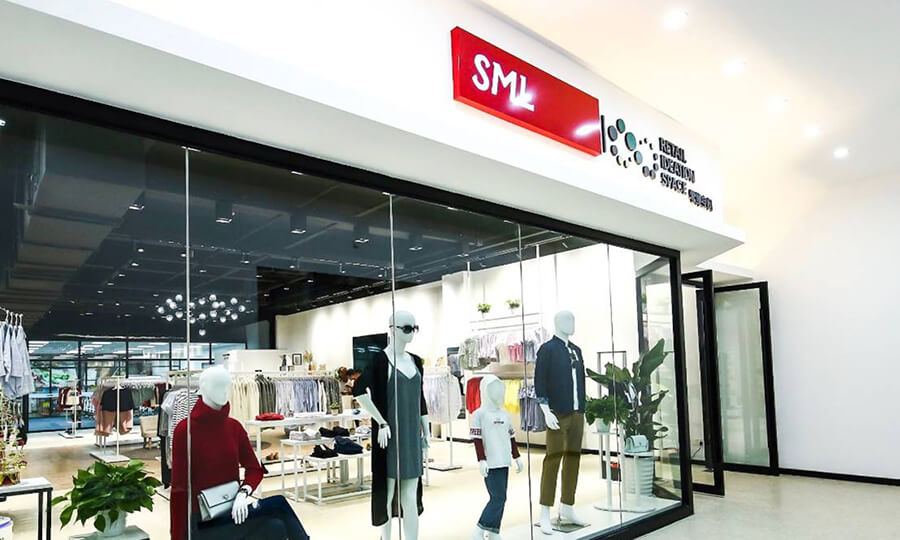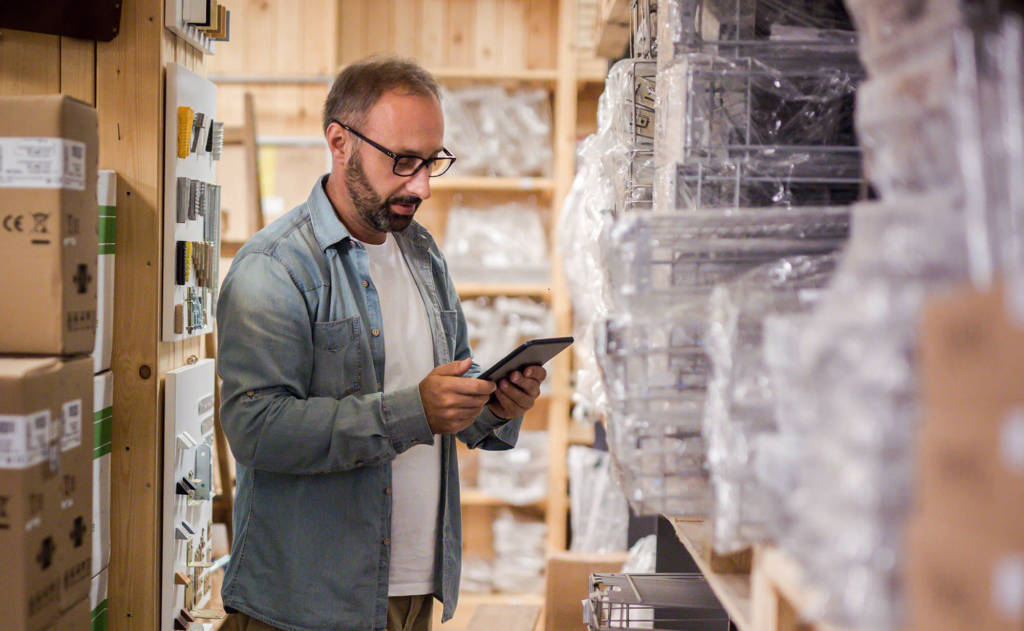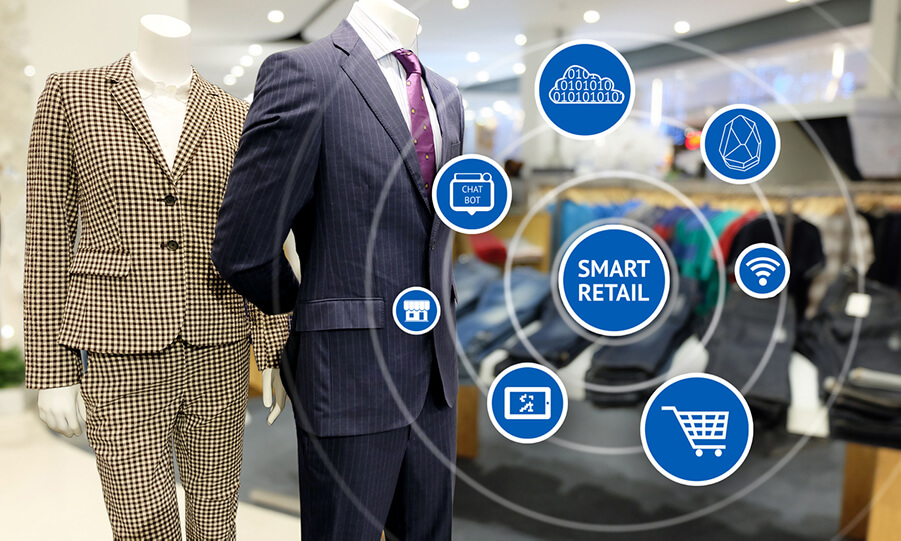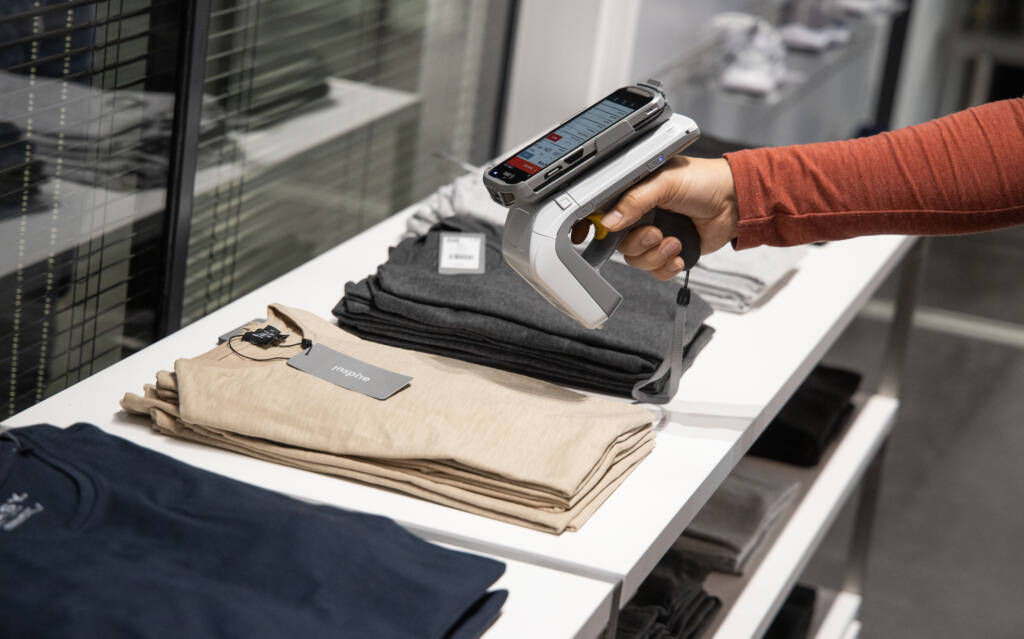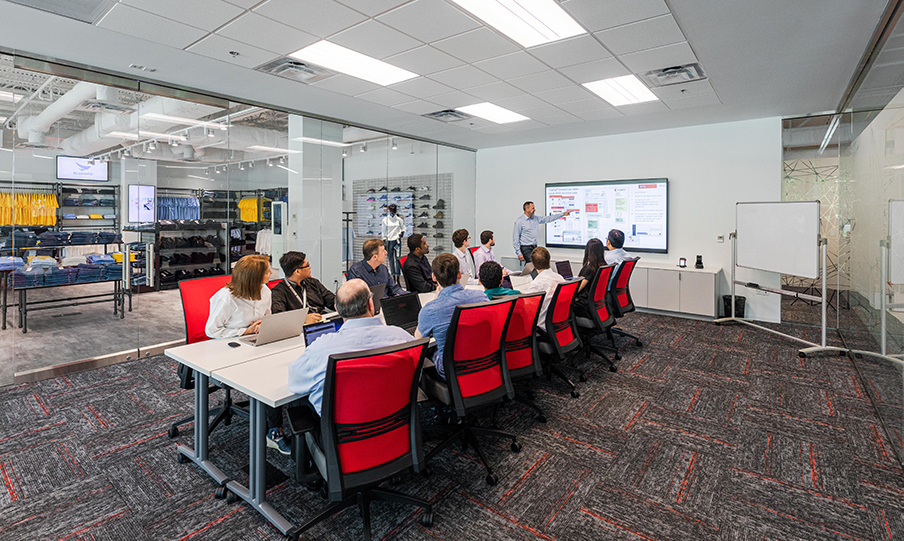RFID and the Digital Transformation in the Retail Industry
Retailers have become increasingly digital over the years. Even before the pandemic forced many businesses to rethink their operations and utilize multiple channels to reach their customers, retailers were looking for ways to provide consumers with quality customer service and an enhanced shopping experience.
The retail landscape has changed exponentially over the past two years and this has led to the adoption of digital technologies and processes at an accelerated pace. However, the objective of rolling out digital solutions has shifted from elevating the customer experience to also including social distancing and personal safety as essential elements. This combination of a personalized shopping experience shaped by pandemic-inspired safety adherence is setting the standard for future in-store models of operational execution. This model will allow retailers to quickly pivot in the event that future in-person shopping is restricted or altered due to new virus strains or other public health-related challenges.
Many retailers are stepping up and meeting the safety needs of their customers by rolling out new technologies and processes that create focused in-store shopping experiences, make payments more efficient, or significantly reduce wait times while promoting social distancing.
Utilizing Scan and Go & Smart Check Outs in the Current Climate
At the pandemic’s peak, many retailers that remained open began rolling out scan and go solutions that enabled shoppers to use handheld devices to scan their items as they shopped, providing a digital basket. This removed the need for a traditional check-out process, making the overall experience much safer and more streamlined for shoppers.
In addition, we have seen more retailers implement smart check-out systems to deliver a frictionless check-out process. While this technology was already being rolled out by some retailers before the pandemic, COVID-19 drove the need for a better check-out experience to keep customers and store associates safe on a wider scale. As a result, more retailers are experimenting with intelligent check-outs that enable customers to pay for their items as they exit the store without the delay of a traditional checkout process or single pay point.
RFID is a driving force behind the digital transformation in retail
As retailers look to utilize ground-breaking new technologies to enhance the customer experience and provide more convenient shopping solutions for customers, they need to assess the core of their infrastructure.
Item-level RFID has established itself as a fundamental technology in enabling retailers to understand their available inventory accurately. Utilizing this technology has enabled retailers to gather insight on their strengths and weaknesses when it comes to inventory management. While many can spend up to 36 hours a week manually taking stock, human error can mean that the inventory accuracy gained can be as low as 60% at the item-level. Once item-level RFID has been implemented, this can jump to 98% accuracy and be maintained at that level consistently.
When a retailer gains a more accurate view of their inventory, they can then use the technology to provide convenient shopping experiences. For example, for retailers looking to utilize ‘scan and go,’ having a more accurate inventory view will give them the data on which products are selling particularly well, providing real-time visibility to enable faster replenishment.
Tagging items with RFID-enabled labels can also provide retailers with an intelligent check-out process. Combined with RFID readers at the point of sale, this means that shoppers don’t need to scan individual items at the check-out and can instead scan all items simultaneously, providing a frictionless experience that also helps eliminate user errors by customers and associates.
Retail is becoming more digital in response to the current climate, which had driven the demand for a more convenient shopping experience. However, as the industry evolves into a new future, more technologies will be rolled out to meet customer needs as they continue to change. The key to unlocking these technologies is having a solid foundation for their infrastructure and this is where item-level RFID is critical because of its significant impact on inventory and the serialization of products. Retail has experienced unique challenges over the past couple of years, but as the sector looks to move forward and continue down this digital path, item-level RFID will continue to be a driving force behind true retail digitalization.
To find out how RFID technology can help digitize your stores, contact info@sml-rfid.com.

